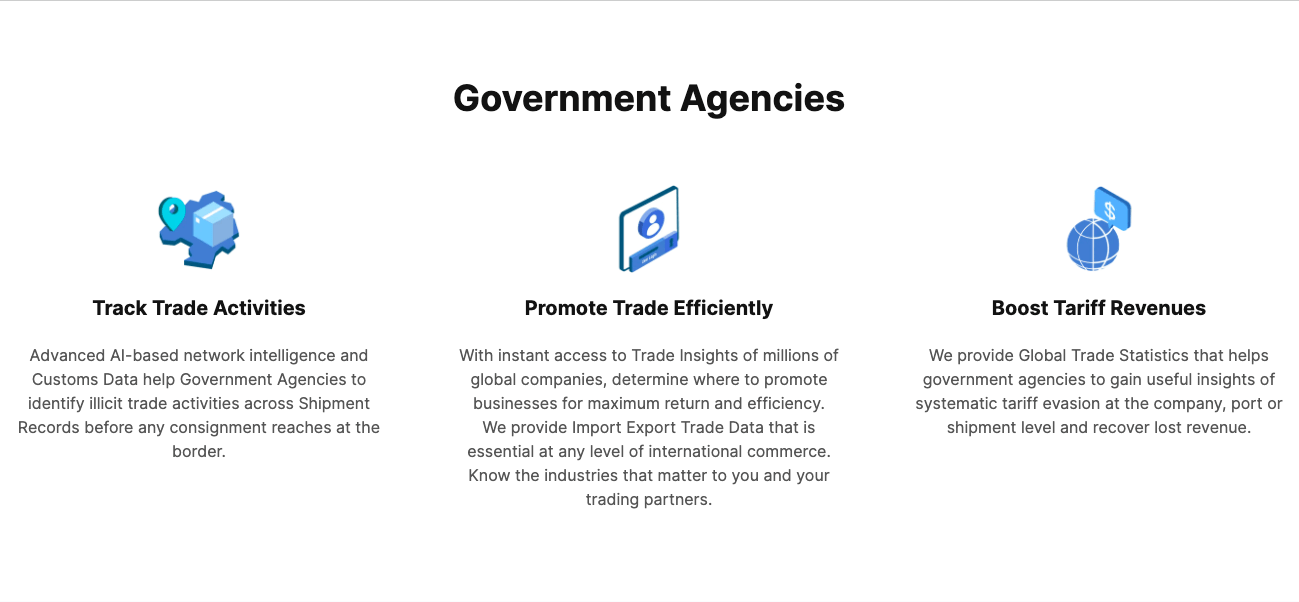- Home
- Trade News
- Russia becomes fourth country ...

Gold and foreign currency reserves in Russia currently amount $582 billion USD, putting it in the top four nations worldwide. The following countries also rank in the top five of these indicators based on the examination of data from different Central Banks.
- China ($3.31 trillion)
- Japan ($1.27 trillion)
- Switzerland ($924 billion)
- India ($563 billion)
In the spring of 2022, Western countries froze almost $300 billion, or more than half of Russia’s total gold assets. On retaliation for these actions, Russia has frozen the assets of “unfriendly states” in Russian territory.
The Western sanctions’ principal purpose in blocking economic assets was to damage the now-stronger Russian Ruble. Because of this, the frozen funds can’t be utilized to conduct foreign exchange operations, which would otherwise help calm the currency market.
Only the Chinese RMB Yuan and gold were still in Russia’s control among its liquid foreign currency assets. Despite Russia’s record current account surplus in 2022, the country’s central bank did not replenish its international reserves with foreign currency. Instead, the revaluation of Russian assets in US dollars was responsible for the country’s economic revival.
The national budget of Russia has also undergone some recent changes. The Russian government has unveiled a brand-new budget and set of regulations for the year 2023. If oil and gas income above a certain threshold, the surplus will be converted into Chinese RMB Yuan and used to replace Russian reserves. The RMB Yuan reserves, on the other hand, will continue to be utilised to make up for declining oil and gas income, given Russia’s prominence in the oil industry.
The growing Russian reserves

When it comes to sanctions and the freezing of sovereign assets, the United States is proposing something unprecedented: the transfer of assets from a foreign Central Bank to a third nation. The United States government has been talking about Ukraine, but it could also use Russia’s assets to support its own debt by expropriating them.
To do so would likely result in a heavy fine, as other nations would move to remove their assets from US ‘protection’ and security. Many countries are worried that something similar would happen to their assets, which are really held by the people of those countries and not by their governments.
For a long time, Russia has kept a sizable amount of foreign currency reserves. The high level of exports and slightly lower imports show that the nation does not need to aggressively sell the currency to maintain financial stability and meet local demand. For more info on Russia’s imports and exports, we have gathered the country’s trade flows in 2022.
Over 50% of Russia’s foreign funds are now frozen in the European Union and the Group of Seven nations, making any unforeseen need to utilize them very unlikely. Instead, the Russian government will use the increased reserves to swiftly distribute cash for emergency requirements, and the Russian Ministry of Finance will keep piling on domestic Ruble debt to cover any budget shortfall.
TradeData.Pro’s solutions for government agencies

Access the Trade Insights of millions of firms worldwide in an instant and find the best places to advertise your company. All levels of international trade may benefit from the Import-Export Trade Data we provide at TradeData.Pro. Get familiar with the sectors that are important to both you and your trading partners.
To see all the solutions we provide, you can visit our website.
Subscribe now! Contact us at sales@tradedata.pro or book a demo via WhatsApp.
The most trustable and reliable source for Trade Data.
TradeData.Pro is a reliable and trustworthy source of trade data proudly made in Singapore, a country known for its stable political climate and trade-driven economy. Presented by Commodities Intelligence Centre, a government-linked company and a joint venture of Zall Smartcom, SGX, and GeTS, TradeData.Pro has received positive feedback from the market since its launch in 2018 for its extensive coverage, affordability, and fast response. The platform has been awarded the Singapore Quality Class in 2020 and the Stevie Award Gold in 2021.
Traditionally, obtaining critical data to reveal trends, identify market opportunities, track competitors, buyers, and suppliers, and better understand the potential of the supply chain has been a challenge. However, the detailed shipment information that is part of government import and export filing requirements does exist and forms the core of global trade. TradeData.Pro has gathered and packaged this information as business intelligence, which helps companies understand the flow of goods across borders and features the world’s largest searchable trade database. TradeData.Pro reviews, standardizes, and cleans data and delivers it in an intuitive format, making it easier for businesses to access.
Businesses interested in staying updated on Vietnam, the hottest industry lately, can access all relevant information on the TradeData.Pro platform. They can find the exact product they’re interested in by checking out the trade database demo at https://tradedata.pro/asia-trade-data/vietnam-import-export-data/. To learn more about accessing new markets, visit https://tradedata.pro/trade-database-demo/.
Additionally, businesses can check out this article to learn how to use TradeData.Pro to access Global Trade Markets: https://blog.tradedata.pro/say-hello-to-our-new-release-of-tradedata-pro/. To understand how TradeData.Pro works, watch the video below or visit https://www.youtube.com/watch?v=tITfUvjs6Gc.
Business Economy Export Global Import International Trade Leads Markets Russia Trade Data Pro Worldwide






